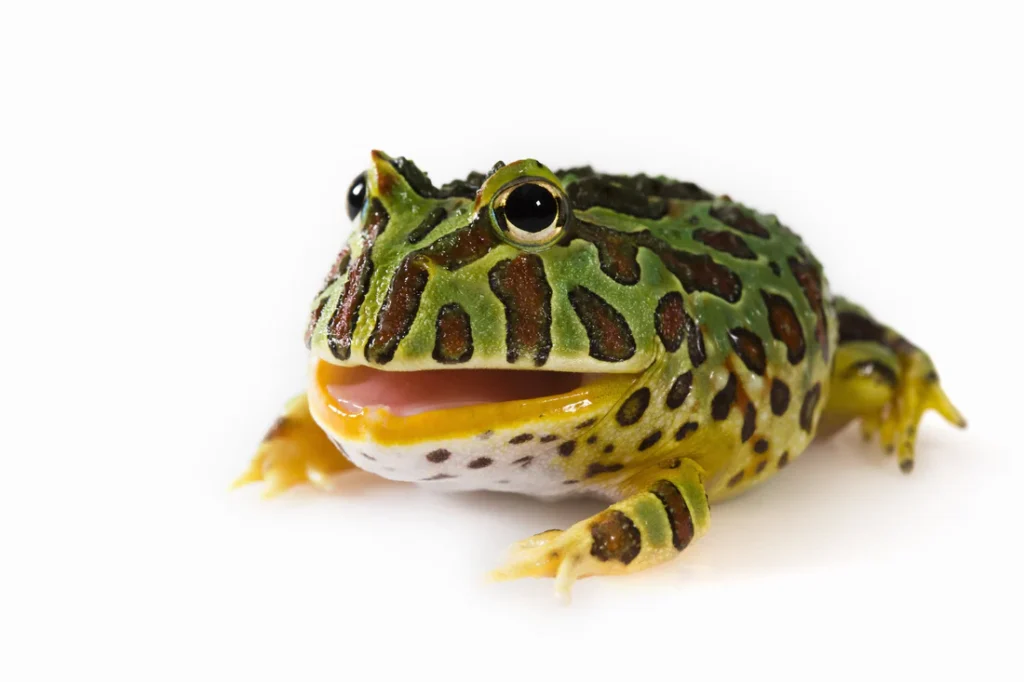
Pacman Frog Care Sheet
Pacman Frog Habitat and Behavior
Originating from South America, particularly Argentina and neighboring countries, Pacman frogs thrive in the Gran Chaco region, known for its dry climate. Despite receiving up to 52 inches of annual rainfall, most occurs during the summer, leading to seasonal flooding and high evaporation rates. Temperatures range from 59F to 80F on average, with occasional spikes above 100F.
In their native habitat, Pacman frogs exhibit estivation, burrowing in the soil to conserve moisture during dry spells. This behavior helps them endure harsh conditions and rehydrate when rains return. Even in captivity, they may estivate if conditions become excessively dry.
Enclosure Setup for Pacman Frogs
As terrestrial amphibians, Pacman frogs require specific enclosure conditions. A 10-gallon tank with a depth of 4-5 inches of damp peat moss serves as an ideal habitat. Ensure the substrate remains slightly moist but not saturated, providing essential humidity for the frog’s well-being.
A shallow water dish, with a depth of about a quarter to half an inch for juveniles and an inch for adults, should be included. This dish allows the frog to hydrate and maintain moisture levels. Regular cleaning of the water dish is crucial to prevent contamination.
Maintaining temperatures between 78F to 82F, with slight variations for juveniles, is essential. Under-tank heating pads regulated by thermostats offer an effective heating solution. Monitor substrate moisture levels closely, especially in heated areas, to prevent rapid drying.
Feeding Pacman Frogs
Feeding Pacman frogs is a thrilling experience, as they eagerly consume live insects and occasionally small rodents. Gut-loaded insects such as crickets, mealworms, roaches, and waxworms provide essential nutrition. Supplementing feeders with Miner-all indoor every other feeding ensures balanced nutrient intake.
Juvenile frogs require regular feeding, with pinkie mice introduced as they grow. Care should be taken to prevent overfeeding and obesity, which can pose health risks. Live prey should be offered cautiously to avoid injuries and ensure the frog’s safety.
Conclusion
In summary, Pacman frogs offer an exciting and low-maintenance pet option for amphibian enthusiasts. With proper habitat setup, feeding regimen, and attention to health, these captivating frogs can thrive in captivity for 5-10 years. Their unique behaviors and vibrant colors make them an ideal choice for frog enthusiasts seeking an interactive and visually stunning pet.

